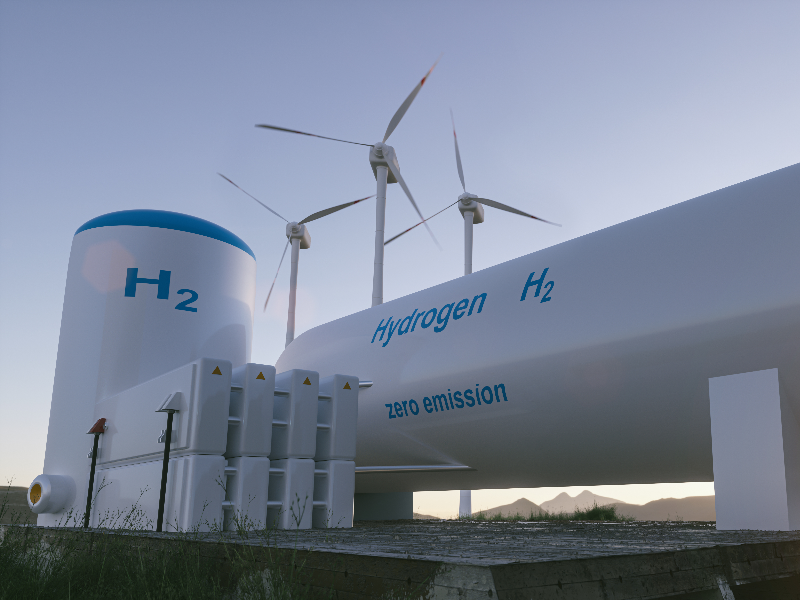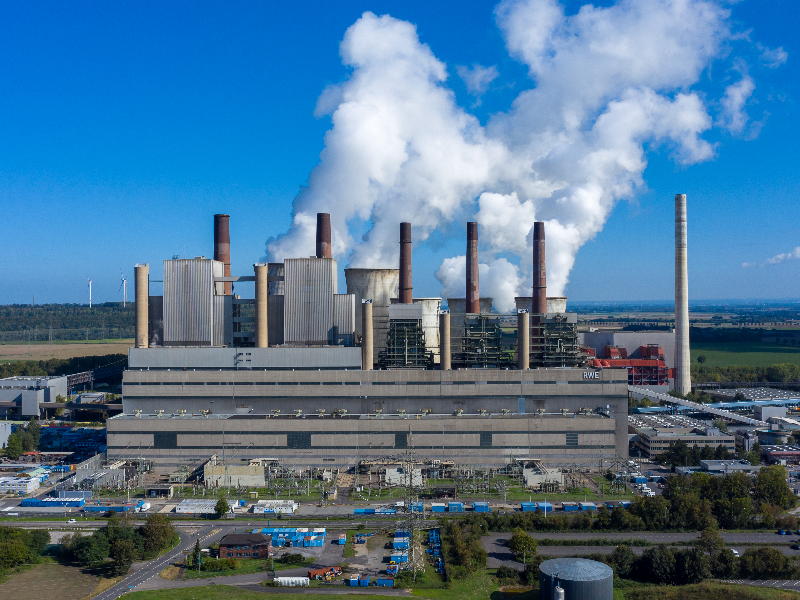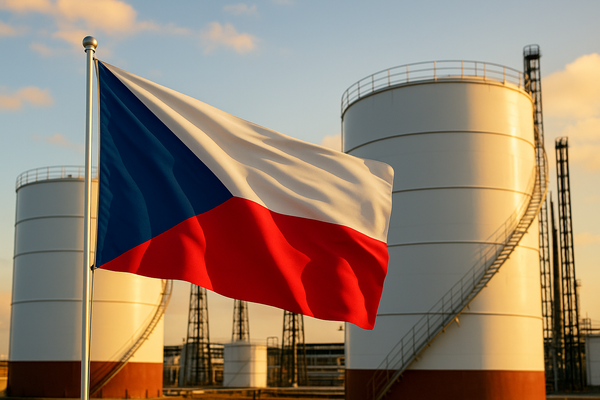
Hydrogen: a clean energy for the transition
In Europe and in Hungary, initiatives to expand use of hydrogen as an energy source have been given the green light, as without it the EU’s 2050 climate targets seem unattainable. Carbon-neutral or low-carbon – green and blue hydrogen – could be one of the key energy sources for the climate-friendly turnaround, with the help of the world’s leading energy companies.
This past year has seen breakthroughs on several fronts in the regulatory environment for hydrogen-based energy production and use, both here and across the continent. The European Parliament (EP) has produced a resolution that would, among other things, encourage the creation of a European hydrogen market and the rapid deployment of infrastructure, including the use of existing gas pipelines for hydrogen transport and underground storage. Here at home, the government has adopted a national hydrogen strategy and launched regional cooperation to exploit the benefits of hydrogen. This process included a meeting of the economic committees of the Visegrad 4 group countries’ parliaments on 10 December via video conference. Representatives from Hungary, Slovakia, Poland and Czechia discussed concrete steps towards a hydrogen economy.
It is easy to see from the EP resolution mentioned above why the hydrogen sector is in the spotlight: it is an energy carrier that, if produced in the right way, does not increase the amount of greenhouse gases in the atmosphere, but has a high energy density and is more or less compatible with the existing grid distribution infrastructure. Hydrogen itself can be converted directly into electricity in fuel cells and ‘burned’ – converted into water vapour in internal combustion engines (in chemical terms: 2H+O2=2H2O). No other energy source has all these properties in a single package, which is why the European Commission began urging the EP to look more closely at the climate change potential of hydrogen in 2020.

What constitutes an ‘appropriate method’ should be determined primarily from a climate protection perspective. The rise in global average temperature is closely linked to the burning of hydrocarbons stored in the Earth’s crust over millions of years and the resulting concentration of greenhouse gases in the atmosphere. Hydrogen production technology that does not increase the concentration of greenhouse gases (mainly carbon dioxide) in the atmosphere is therefore acceptable for the globe’s climate. It is no coincidence that both the EU and Hungarian documents on this subject mention blue and green hydrogen, as they are capable of meeting climate-friendly requirements. Green hydrogen is produced by water decomposition – if the electricity is generated from renewable energy sources (most often solar or wind), the process is completely carbon neutral. The case of blue hydrogen is a little more complex: natural gas is the feedstock and carbon dioxide is produced in the process, but the technology, which is still in the pilot project phase, involves capturing the carbon dioxide and either using it or injecting it underground (often into previously depleted natural gas fields), so that it is not released into the atmosphere.
ExxonMobil strongly believes that hydrogen will play a key role in the energy transition and in achieving future climate goals. To this end, the company is building on its decades of experience in the production of clean fuels and is engaged in several major hydrogen projects globally. ExxonMobil is working from the belief that there are sectors where the transition to electricity is not feasible or very difficult in the short term, and where hydrogen could be the ideal fuel for the transition. Examples include long-distance shipping, aviation and road freight transport.
ExxonMobil is working from the belief that there are sectors where the transition to electricity is not feasible or very difficult in the short term, and where hydrogen could be the ideal fuel for the transition.
In February of last year, the company launched a business focused on the development of low-carbon technologies. This includes CCS (carbon capture storage) and CCUS (the former with the addition of utilisation), as well as the production of green hydrogen. The primary objective is to cost-effectively and rapidly decarbonise two of the most difficult industries to decarbonise, heavy industry and power generation. “By combining new technologies with our existing businesses, we will gain a competitive advantage in this fast-growing market,” said CEO Darren Woods.
ExxonMobil plans to invest USD 3 billion in low greenhouse gas (partly hydrogen) technologies by 2025. The company has an interest in Europe’s largest CCUS test facility – which could be the world’s first industrial-scale CO2 capture and storage facility – currently at full capacity: a joint project between ExxonMobil, Royal Dutch Shell, Air Liquide and industrial gas suppliers Air Products, the CO2 emitted by factories and refineries in the Rotterdam industrial port area will be stored in empty gas fields in the North Sea. According to Joe Blommaert, head of ExxonMobil’s Low Carbon Solutions business, hydrogen can provide consumers with affordable and reliable energy while minimising their emissions.
This article was submitted to Central European Times by ExxonMobil Hungary.





